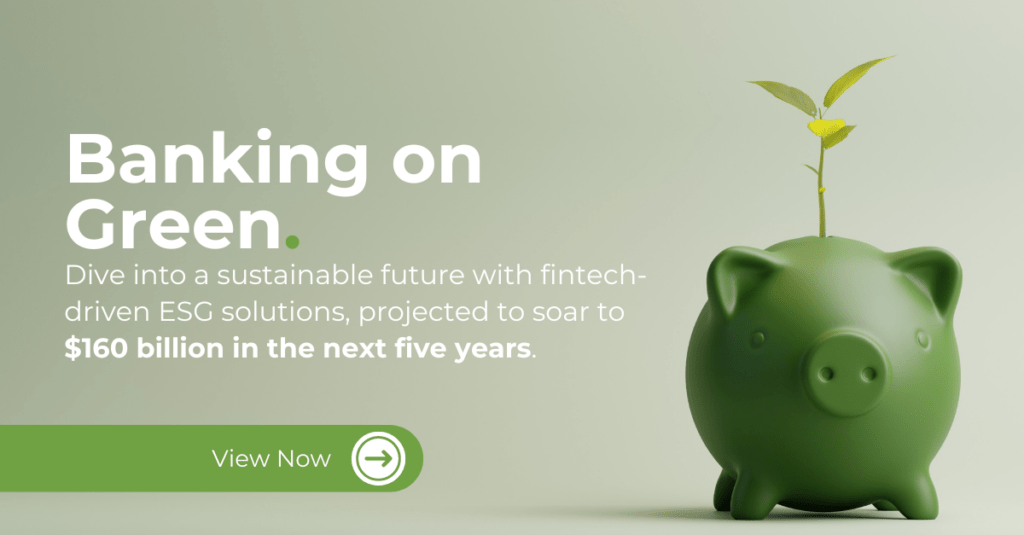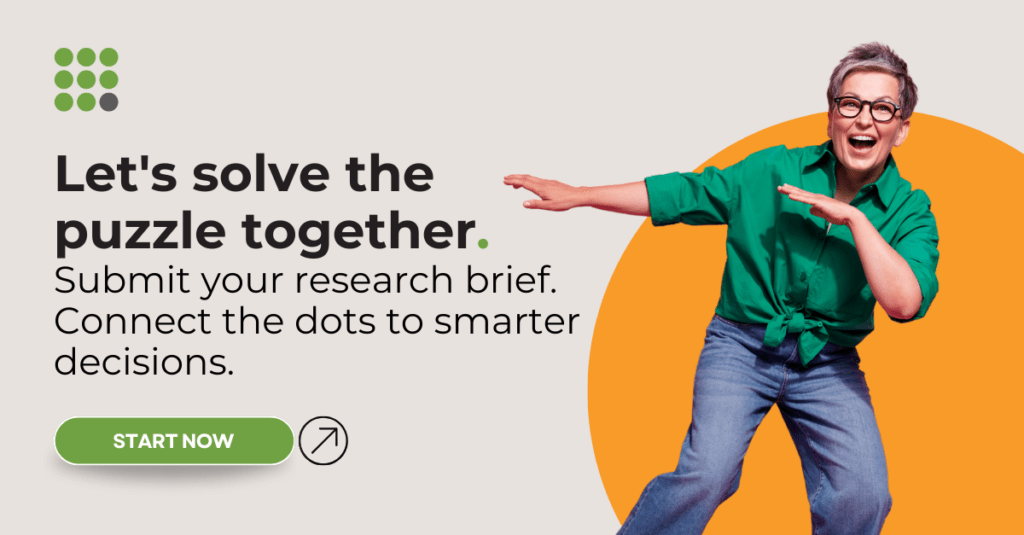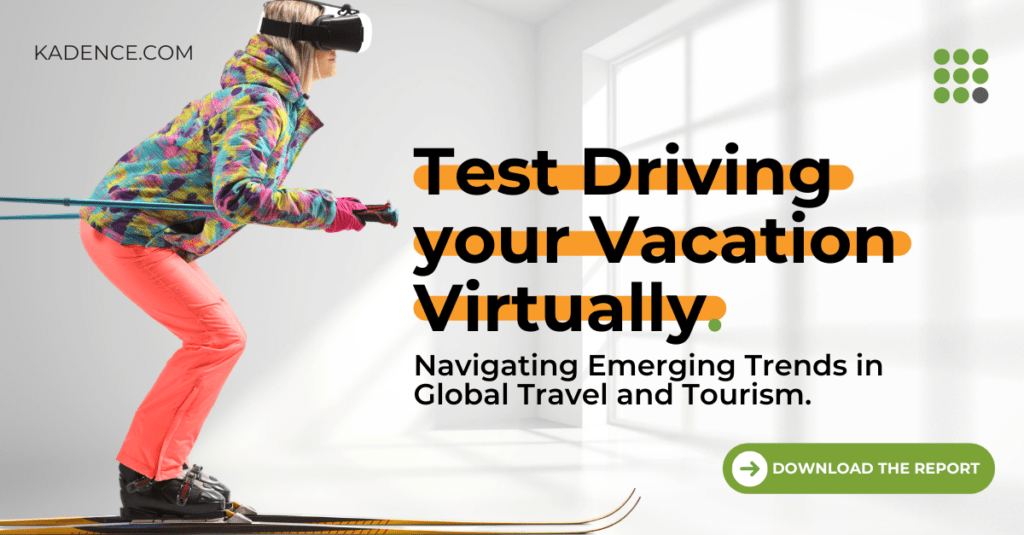Singapore boasts an impressive internet penetration rate of 96.9%, making it one of the most connected countries in the world. This figure isn’t just a statistic; it’s a clear indication of the digital-first lifestyle that dominates this island nation. In a market where virtually every consumer interaction has some digital footprint, brands cannot afford to navigate mindlessly.
Sentiment analysis emerges as a critical tool in this context. It’s not merely about tracking online activity; it’s about understanding the emotions and opinions behind every post, tweet, and review. With most Singaporeans actively engaged online, sentiment analysis provides a direct line to consumer sentiment, offering businesses the insights needed to tailor their strategies effectively.
In a highly connected environment like Singapore’s, the advantages of sentiment analysis are manifold. It enables a real-time understanding of consumer trends, identifies shifts in public opinion, and uncovers the impact of marketing campaigns. This is valuable and essential for any business looking to thrive in Singapore’s competitive digital landscape.
Utilising sentiment analysis, brands can cut through the noise to capture the authentic voice of their customers. In doing so, they not only stay ahead of trends but also align their products and messaging with the evolving needs and desires of the Singaporean market. This approach is not just about maintaining relevance; it’s about leveraging digital dialogue for strategic advantage.
The Digital Pulse of Singapore
With the country’s internet penetration rate reaching 96.9%, Singapore stands at the forefront of digital engagement globally. This isn’t just about connectivity; it’s about how integral digital platforms have become to the Singaporean way of life. Social media, in particular, plays a pivotal role, with platforms like Facebook, Instagram, and LinkedIn not merely serving as communication tools but as essential elements of daily social, professional, and consumer activities.
The robust activity on online forums and e-commerce platforms further highlights the depth of digital engagement in Singapore. Singaporeans are not just passive consumers of digital content; they are active participants, sharing opinions, making recommendations, and influencing trends. This level of engagement presents a fertile ground for businesses to tap into, offering a direct line to understanding and influencing consumer behaviours and preferences.
However, this digital landscape is not without its challenges. The sheer volume of data generated by online interactions can overwhelm brands trying to discern meaningful insights. Additionally, the fast-paced nature of digital trends requires companies to be agile and responsive to keep up with consumers’ shifting sentiments and preferences.
Yet, within these challenges lie significant opportunities. For brands willing to invest in sentiment analysis and other digital intelligence tools, Singapore’s digital environment offers an unparalleled resource for understanding market dynamics, identifying emerging trends, and engaging with consumers in a more personalised and effective manner.
Understanding Sentiment Analysis
At its core, sentiment analysis is the process of deciphering the emotions and opinions embedded in textual data. It leverages sophisticated technologies such as natural language processing (NLP) and machine learning to analyse and interpret the vast quantities of text generated online daily. This involves not just reading text on a superficial level but understanding the nuances of language—identifying whether a comment about a product is positive, negative, or neutral and extracting the underlying emotions and attitudes.
NLP, a branch of artificial intelligence, enables computers to understand human language like humans do. It’s the technology that helps sentiment analysis tools grasp the context and subtleties of language, allowing them to interpret sarcasm, humour, and even cultural nuances. On the other hand, machine learning refers to these systems’ ability to learn and improve from experience. As these tools analyse more data, they better predict sentiments and understand complex expressions of human emotions.
The insights gleaned from sentiment analysis are multifaceted. For brands, this can mean getting a real-time gauge of customer satisfaction and identifying what products are being talked about and how people feel about them. Sentiment analysis can reveal emotional reactions to a new product launch or a marketing campaign, offering clues to consumer behaviour that are not evident from sales data alone. Beyond individual opinions, sentiment analysis can aggregate data to identify trending topics and emerging issues, providing an early warning system for potential crises or opportunities.
One of the key strengths of sentiment analysis is its ability to operate at scale. Unlike traditional market research methods, which can be time-consuming and costly, sentiment analysis can process millions of data points in real time, offering a dynamic and comprehensive view of consumer sentiment. This capability is crucial in a digital-first market like Singapore, where online expressions and interactions provide a rich source of consumer insights.
The Business Value of Sentiment Analysis in Singapore
The value of sentiment analysis lies in providing real-time insights into consumer sentiment, enabling businesses to make informed decisions quickly and effectively. Here, we delve into the specific benefits sentiment analysis delivers to companies operating within this vibrant economy.
Enhanced Customer Understanding
Sentiment analysis offers an unparalleled depth of customer understanding. By analysing online conversations and feedback, businesses can uncover what products or services are being discussed and how consumers feel about them. This emotional insight is critical for tailoring offerings to meet the evolving needs and desires of Singapore’s digital-native population. For instance, a local e-commerce platform might use sentiment analysis to identify dissatisfaction with delivery times, prompting strategic changes to logistics and customer communication.
Market Trend Identification
Singapore’s market trends can shift rapidly, driven by local and global influences. Sentiment analysis tools enable businesses to keep a pulse on these changes as they happen, spotting trends as they emerge in real time. This could range from changes in consumer preferences to reactions to global events. A notable example is the shift in sentiment towards remote work solutions and digital collaboration tools observed during the early stages of the COVID-19 pandemic, a trend quickly capitalised on by tech companies in Singapore and globally.
Competitive Analysis
Understanding the competitive landscape is crucial for any business. Sentiment analysis provides a unique window into how consumers perceive not just your brand but your competitors as well. This insight is invaluable for strategic positioning and messaging. For example, if sentiment analysis reveals that customers value the sustainability efforts of a competitor, a company might likely amplify its green initiatives in marketing campaigns.
Case Study: Financial Services Industry
A practical illustration of sentiment analysis in action can be seen in Singapore’s financial services sector. Banks and insurance companies use sentiment analysis to monitor customer feedback across multiple channels, including social media and customer service interactions. This approach helps identify areas for service improvement and customise financial products to meet customer needs better.
One bank reported a significant increase in customer satisfaction and retention after implementing targeted improvements based on insights derived from sentiment analysis (Source: Deloitte “Tech Trends 2021”).
Hypothetical Example: Retail Sector
Imagine a Singapore-based retail chain that introduces a new fashion line. The company can gauge customer reactions across social media platforms in real-time by employing sentiment analysis, allowing for quick adjustments to marketing strategies or product offerings.
If sentiment analysis indicates a positive reception to eco-friendly materials, the retailer could expand this line, gaining a competitive advantage in the sustainability-conscious Singaporean market.
Implementing Sentiment Analysis
Implementing sentiment analysis is not a one-off project but a strategic initiative that can provide ongoing insights into consumer sentiment, market trends, and competitive dynamics. By following this step-by-step guide, executives can ensure that their organisations can leverage these insights, driving strategic decisions and maintaining a competitive edge in Singapore’s dynamic digital market.
| Step | Action | Description |
| 1 | Identify Objectives | Determine what you want to achieve with sentiment analysis. This could range from improving customer service to tailoring marketing strategies. Objectives should be specific, measurable, attainable, relevant, and time-bound (SMART). |
| 2 | Select Tools and Platforms | Choose sentiment analysis tools that align with your objectives and can handle the nuances of the Singaporean market. Consider factors like language capabilities, integration ease, and the ability to analyse data across multiple digital platforms. |
| 3 | Data Integration | Integrate sentiment analysis tools with your existing data systems (CRM, social media platforms, etc.) to ensure a seamless flow of information. This step is crucial for real-time analysis and response. |
| 4 | Team Training | Train your team on how to use sentiment analysis tools effectively. This includes understanding how to interpret the data, recognising patterns, and making data-driven decisions. |
| 5 | Pilot Testing | Before a full rollout, conduct a pilot test to assess the effectiveness of the sentiment analysis tool in meeting your objectives. Use this phase to make adjustments as necessary. |
| 6 | Implementation | Implement the sentiment analysis tool across your organisation, ensuring that all relevant teams have access and understand how to leverage the insights generated. |
| 7 | Monitor and Refine | Regularly review the insights generated by your sentiment analysis tool. Use this data to refine your strategies and make continuous improvements. |
Overcoming Challenges
While offering significant benefits, implementing sentiment analysis presents particular challenges that businesses must navigate carefully. These challenges range from technical hurdles to ethical considerations, particularly in a diverse and digitally sophisticated market like Singapore. Here’s how companies can address these challenges:
Data Privacy Concerns
Challenge: With stringent data protection laws like the Personal Data Protection Act (PDPA) in Singapore, businesses must ensure the privacy and security of the data they collect and analyse.
Solution: Implement robust data protection measures that comply with local regulations. This includes anonymising data, securing consent for data collection, and transparently communicating how data is used. Employing data protection officers and conducting regular audits can further ensure compliance and build trust with your audience.
Interpreting Ambiguous Language
Challenge: Sentiment analysis tools may struggle with the nuances of language, including sarcasm, slang, and Singlish (formally known as Colloquial Singaporean English, Singlish is an English-based creole language originating in Singapore), leading to misinterpretation of sentiments.
Solution: Opt for sentiment analysis tools designed with advanced natural language processing capabilities and trained on diverse datasets, including local languages and dialects. Supplementing AI analysis with human oversight can also help accurately interpret ambiguous expressions.
Ensuring Cultural Relevance in Analysis
Challenge: Singapore’s multicultural society means that sentiments can be expressed in various languages and cultural contexts, which may be difficult for sentiment analysis tools to interpret accurately.
Solution: Use sentiment analysis tools that offer localisation features and support multiple languages prevalent in Singapore. Engaging local experts to tailor the sentiment analysis model can enhance its ability to accurately recognise and interpret culturally specific expressions and references.
Practical Strategies for Overcoming Challenges:
- Regular Training and Updates: Continuously train your sentiment analysis system with updated datasets to improve its understanding of local expressions and emerging online behaviours.
- Collaboration with Local Experts: Partner with linguists, cultural experts, and local communities to refine the accuracy of your sentiment analysis tool, ensuring it remains sensitive to the cultural nuances of the Singaporean market.
- Ethical AI Practices: Adopt ethical AI guidelines to guide the development and implementation of sentiment analysis, ensuring fairness, transparency, and accountability in how data is analysed and used.
- Customer Feedback Loops: Establish direct channels for customer feedback to validate and adjust the insights generated by sentiment analysis tools, enhancing their reliability and relevance.
- Privacy-by-Design: Incorporate privacy considerations at every stage of the sentiment analysis process, from data collection to analysis, ensuring that privacy is integral to the system’s design and operation.
Looking Ahead: The Future of Sentiment Analysis in Market Research
The evolution of sentiment analysis technology will significantly impact market research, bringing about advancements that will allow for a deeper understanding of consumer behaviour. As sentiment analysis becomes more sophisticated, its potential expands in three key areas:
Enhanced Accuracy and Depth
Future developments in natural language processing and machine learning algorithms will lead to greater accuracy in sentiment analysis. These advancements will improve the ability of sentiment analysis tools to decipher complex emotions, sarcasm, and cultural nuances in text. This means businesses will gain a deeper, more nuanced understanding of consumer sentiments, enabling them to respond more precisely to consumer needs and market trends.
Predictive Analytics
Sentiment analysis is moving towards predictive analytics, where it interprets current consumer sentiments and predicts future trends and behaviours. By analysing historical data and current sentiment trends, brands can anticipate changes in consumer attitudes and market dynamics. This predictive capability will be invaluable for strategic planning, allowing businesses to stay ahead of the curve and make proactive decisions.
Personalised Marketing Strategies
As sentiment analysis tools become more refined, they will offer more personalised insights into individual consumer preferences and emotions. This will enable businesses to tailor their marketing strategies and product offerings to meet the specific needs and preferences of different consumer segments. Personalised marketing, powered by sophisticated sentiment analysis, will lead to higher engagement rates, improved customer satisfaction, and increased loyalty.
The advancements in sentiment analysis technology and methodologies will revolutionise market research, offering businesses unprecedented insights into consumer sentiments. As we look ahead, integrating these advanced tools into market research practices will not only enhance the understanding of consumer behaviours but also empower businesses to create more targeted, effective, and responsive strategies. The future of sentiment analysis promises a more connected and insightful approach to navigating the complexities of the market, driving innovation and strategic advantage in an ever-evolving digital landscape.
Final Thoughts
In the digitally interconnected world of Singapore, where almost every consumer interaction leaves a digital trace, the importance of sentiment analysis cannot be overstated. It offers a direct line to the heart of consumer sentiment, unlocking insights that traditional market research methods can barely touch. For businesses aiming to thrive in this vibrant market, integrating sentiment analysis into strategic planning is not just an option; it’s a necessity.
As we move forward, the ability to understand and engage with consumers on a deeper level will separate the leaders from the followers. Sentiment analysis stands out as a critical tool in this endeavour, providing the insights necessary to navigate Singapore’s digital dialogue with precision and foresight. It’s about listening to what your consumers say, understanding how they feel, and, most importantly, knowing what moves them. This level of insight is gold in today’s fast-paced market, enabling brands to make data-driven decisions that resonate with their audience.
The future is here, and it’s time to harness the power of sentiment analysis to create more meaningful connections, drive strategic innovation, and achieve lasting success.













 Senior Marketing Executive
Senior Marketing Executive Sales & Marketing
Sales & Marketing General Manager PR -Internal Communications & Government Affairs
General Manager PR -Internal Communications & Government Affairs Vital Strategies
Vital Strategies
 Customer Intelligence Director
Customer Intelligence Director